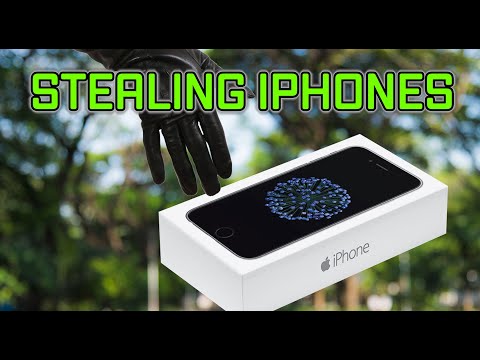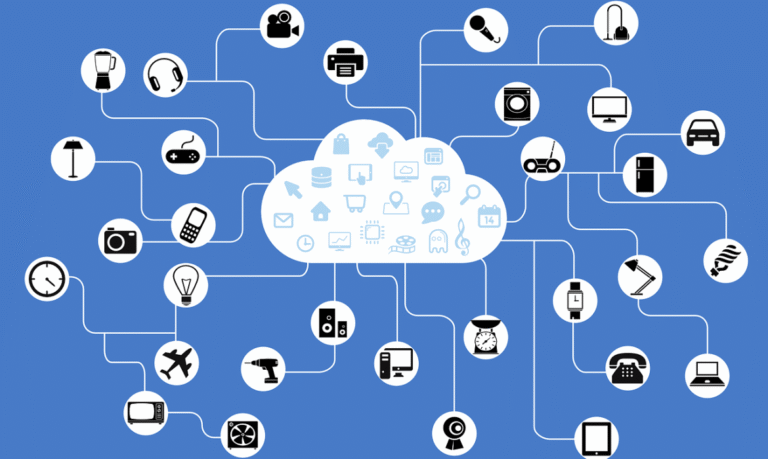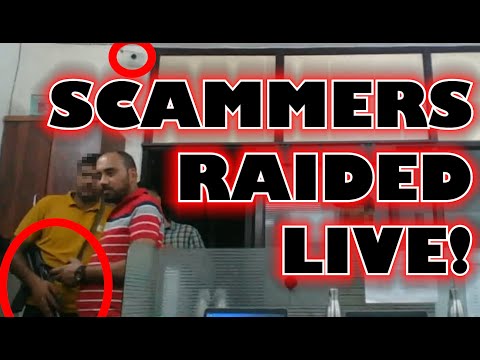
Should You Choose Etsy or Shopify for Your Online Store?
As eCommerce continues to thrive, online retail is now a vital part of modern business. In 2024, global eCommerce sales exceeded $6 trillion, underlining the massive potential of selling online.
Among the many platforms available, Etsy and Shopify stand out as leading options—each offering unique benefits for different types of sellers. But which one is right for your business?
In this guide, we’ll break down the key differences between Etsy and Shopify, explore their pros and cons, and introduce other eCommerce platforms you might consider. By the end, you’ll have the knowledge to choose the solution that best fits your goals.
Understanding the Basics of eCommerce
Before diving into the comparison, let’s review the essentials of a successful eCommerce business:
– A reliable platform or website
– Secure and fast payment options
– Efficient shipping and fulfillment
In addition to those core components, user experience matters. Clear navigation, attractive visuals, and consistent branding build trust and help convert visitors into customers.
Payment security and speed are also crucial. A smooth checkout process can reduce cart abandonment, which currently averages around 70% globally.
Shipping is another cornerstone of customer satisfaction. Consumers expect fast, affordable, and trackable delivery options. Offering multiple shipping methods and transparent pricing can make a big difference.
Key Factors to Consider When Choosing a Platform
1. Budget and Costs
Different platforms come with various pricing models. Some charge monthly fees, while others take a cut of each sale. Be sure to factor in transaction fees, app costs, premium themes, and other add-ons.
2. Ease of Use and Technical Skills
If you’re not tech-savvy, look for platforms that offer drag-and-drop design tools and built-in support. Some are easier to set up than others.
3. Customization and Control
Do you want full control over your store’s design and features? Or would you prefer a simple setup with fewer customization options? Your answer will help determine the right platform.
Etsy vs. Shopify at a Glance
What is Etsy?
Launched in 2005, Etsy is an online marketplace focused on handmade, vintage, and craft items. It’s ideal for creative entrepreneurs looking to sell unique products to a global audience.
Etsy offers a ready-made customer base, simple shop setup, and a supportive seller community. Listing products is straightforward: upload photos, add descriptions, and set your price.
However, Etsy’s simplicity comes with trade-offs. You have limited control over branding, and your store must follow the marketplace’s design structure.
What is Shopify?
Shopify, founded in 2006, is a powerful eCommerce platform that lets you build a fully customized online store. Unlike Etsy, it’s not a marketplace—you create your own website and bring in your own traffic.
Shopify includes drag-and-drop tools, professional themes, and advanced features like inventory management, analytics, and marketing integrations. It’s scalable, making it a great option for businesses planning to grow.
Shopify comes with monthly subscription fees and optional paid apps, but it offers more flexibility and control than Etsy.
Initial Comparison
– Etsy is a marketplace with a built-in audience, which helps new sellers gain visibility.
– Shopify provides a standalone storefront, giving you full control over branding and customer experience.
– Etsy has lower upfront costs but higher cumulative fees per transaction.
– Shopify has a higher initial cost but offers more features and scalability for long-term growth.
Exploring Etsy in Depth
Etsy Features
– Built-in Audience: Millions of shoppers search Etsy for handmade and vintage items.
– Easy Setup: No coding required. Sellers can launch a shop in a few simple steps.
– Community Support: Forums, webinars, and resources help sellers improve their listings and marketing.
Etsy Fees
– Listing Fee: $0.20 per item (valid for four months).
– Transaction Fee: 6.5% of the sale price, including shipping and gift wrap.
– Payment Processing: Varies by country; currency conversion fees may apply.
– Advertising: Optional Etsy Ads and Offsite Ads (12–15% fee on sales generated).
– Shipping: Purchase labels through Etsy or use your own carrier.
Etsy Plus ($10/month) includes listing and ad credits, shop customization options, and discounts on domains.
Ideal Sellers for Etsy
Etsy is perfect for artisans, crafters, and vintage sellers who want a low-maintenance way to sell creative products. It’s best for niche items and small-scale operations.
Limitations of Etsy
– High Fees: Multiple charges per sale can eat into profits.
– Limited Branding: You can’t fully customize your storefront.
– High Competition: Standing out requires effort and advertising.
– Algorithm Dependency: Visibility relies on Etsy’s search algorithm.
– Narrow Audience: Not ideal for general or mass-market products.
Tips for Etsy Success
– Provide excellent customer service to improve search ranking.
– Use





